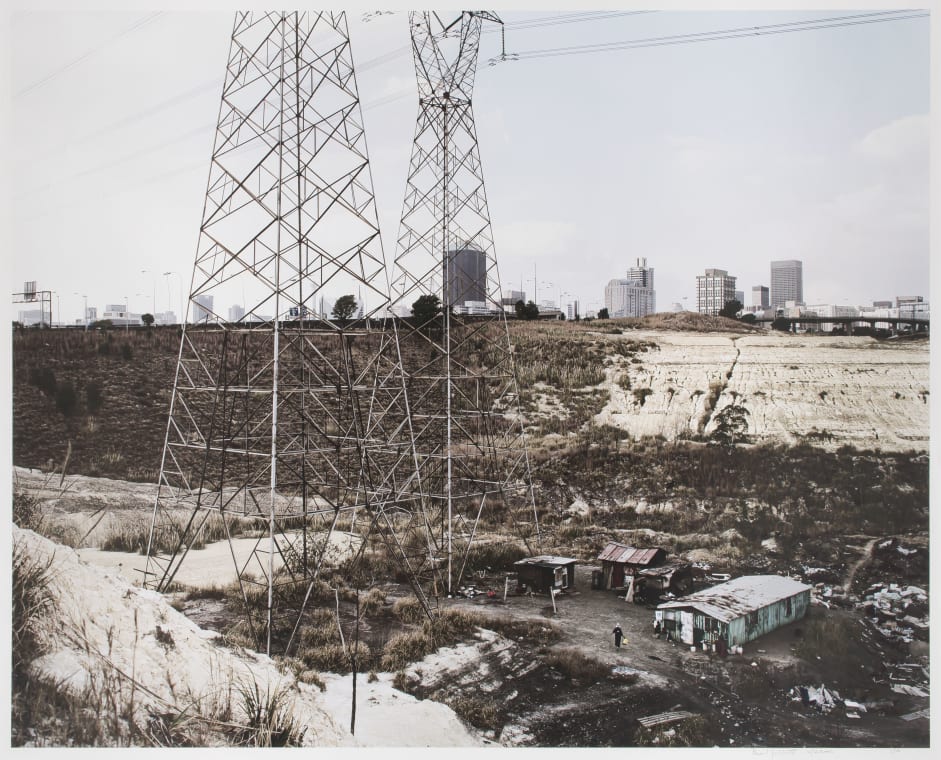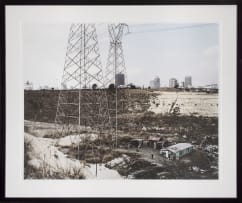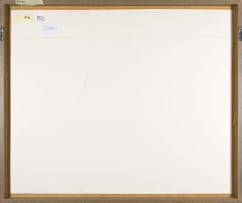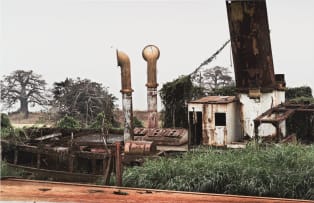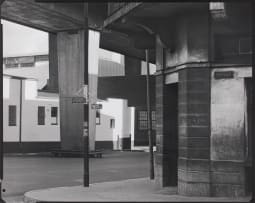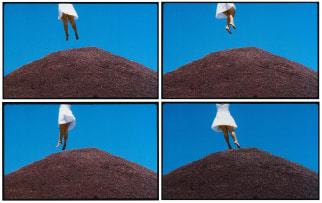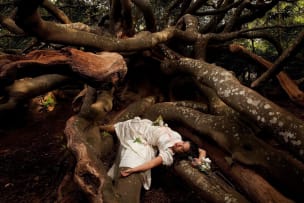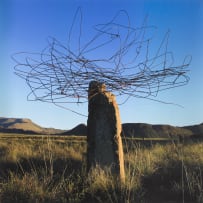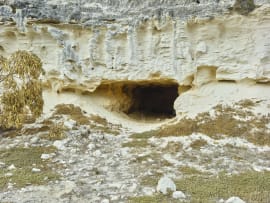Curatorial Voices: African Landscapes, Past and Present
Live Virtual Auction, 19 February 2024
Curatorial Voices: African Landscapes, Past and Present
About the SessionFrom Thomas Baines to Jake Aikman, Curatorial Voices: African Landscapes, Past and Present will showcase art by pioneering modernist and trailblazing contemporary artists, spanning 175 years of visual landscape painting on the African continent. This comprehensive auction reveals a nuanced understanding of the diverse cultural, historical, and environmental contexts that have shaped artistic representations of the landscape. Through an examination of various themes, the auction seeks to engage viewers in a dialogue that transcends time and space, connecting past representations to contemporary perspectives. The auction attempts to engage with the diversity of artists that have shaped and continue to shape the depiction of Africa through time.
The auction invites viewers on a captivating journey through the artistic expressions that mirror the multifaceted nature of African terrain. Through meticulous curation and insightful analysis, the catalogue aspires to be a valuable resource for scholars, art enthusiasts and anyone eager to embark on a thought-provoking exploration of Africa’s rich and complex artistic heritage.
Curatorial Voices
Recognising the dynamic discourse surrounding African Landscape, both past and present, the auction features texts by invited contemporary curators responding to the auction selection and themes. As external voices, they provide critical insights into the complexities of the landscape theme. By amplifying these contemporary perspectives, the exhibition seeks to bridge the gap between traditional representations and the ever-evolving discourse on the role of African art within the global art market.
Azza Satti, Independent Curator, Kenya
Azu Nwagbogu, Founder and Director of the African Artists’ Foundation (AAF), Nigeria
Camilla van Hoogstraten, Head of Sales, Latitudes Online
Ugoma Ebilah, Curator, Gallerist & Founder of Bloom Art
Nkgopoleng Moloi, Independent Curator, South Africa
About this Item
signed, dated 12/7/2003 and numbered 3/6 in pencil in the margin
Notes
David Goldblatt's international reputation was built on his enquiring and clearly observed black-and-white photographs. His first prints to enter the collection of New York's Museum of Modern Art in 1978 were colourless scenes of Soweto people. But even at this unheralded point in his career, Goldblatt was photographing in colour. He maintained a strict division between assignment and editorial work, for which he liberally used colour, and his personal documentary photography, which refused colour. This strict distinction was the outcome of both aesthetic and technical considerations. "During those years," Goldblatt explained in 2005, "colour seemed too sweet a medium to express the anger, disgust and fear that apartheid inspired."1
Goldblatt's work for Leadership magazine in the 1980s, which often featured his colour photos, also gave him practical insight into the limitations of colour analogue photography. They included minimal latitude in post-production, laboratory technicians as collaborators in printing, the use of plastic paper as opposed to fibre paper, and the prohibitive cost of the dye-transfer process in South Africa. "In the late 1990s, I began to use a new generation of colour-negative emulsions that had considerable latitude and a very even-handed palette. When I felt the sweet breath of the end of apartheid and the wish to become somewhat more expansive in my photography, it was natural to put the two together: the new colour emulsions and photographic printing through digital technology on non-plastic papers that I like."2
The introduction of colour did not change Goldblatt's personal work, except perhaps to introduce a more concerted focus on landscape. He continued to photograph Johannesburg, a dear subject, with equanimity and intelligence, roaming from its new, far-northern suburbs to its embattled south, where rapidly disappearing mine dumps provided tenuous space for improvised shelter to a proliferating underclass. "If the immense wealth created in the seminal surge of its mining has propelled the city along new and often prosperous trajectories," Goldblatt wrote of Johannesburg in 2010, "it has failed to conceal or heal the deeply fractured nature of the place."3 This photo visualizes his opinion.
1. David Goldblatt (2005) Intersections, Munich: Prestel, page 94.
2. Ibid, page 95.
3. David Goldblatt (2010) Kith, Kin & Khaya, Johannesburg: Goodman Gallery, page 149.
This lot has been selected by Curatorial Voice: Azu Nwagbogu.
Provenance
Goodman Gallery, Johannesburg.
Private Collection.
Exhibited
Hayward Gallery, London, Africa Remix: Contemporary Art of a Continent, 10 February to 17 April 2005, another example from the edition exhibited.
Literature
Simon Njami (ed) (2007) Africa Remix: Contemporary Art of a Continent, Johannesburg: Jacana Media, illustrated in colour on page 195.
